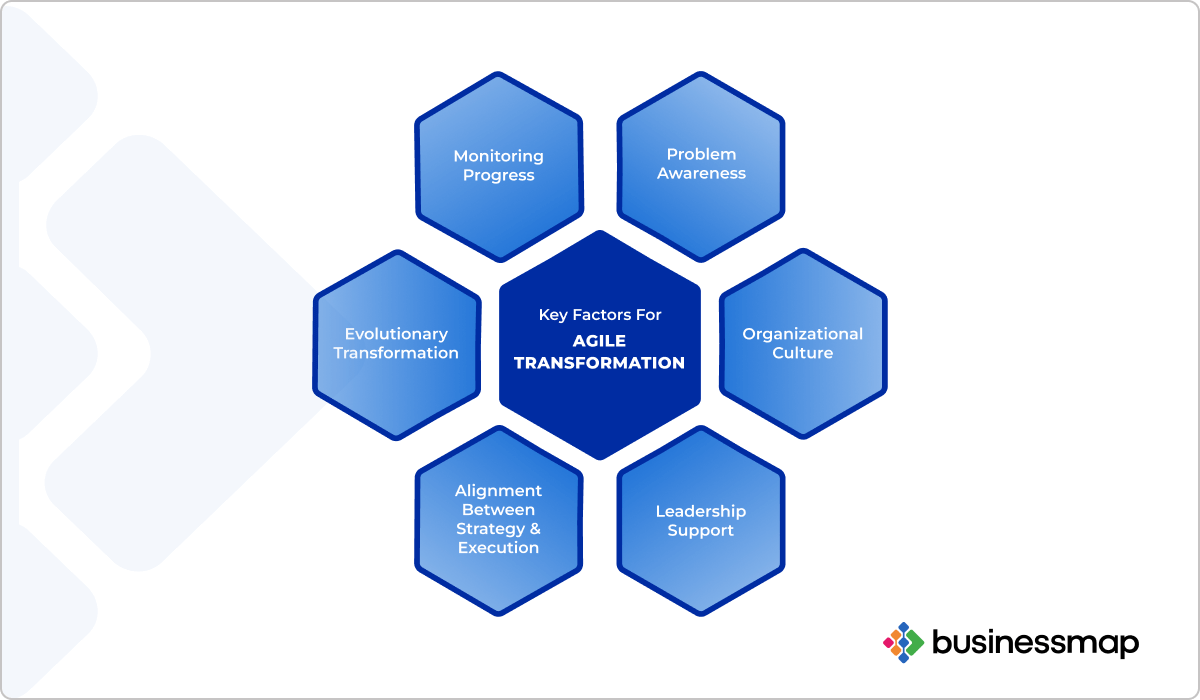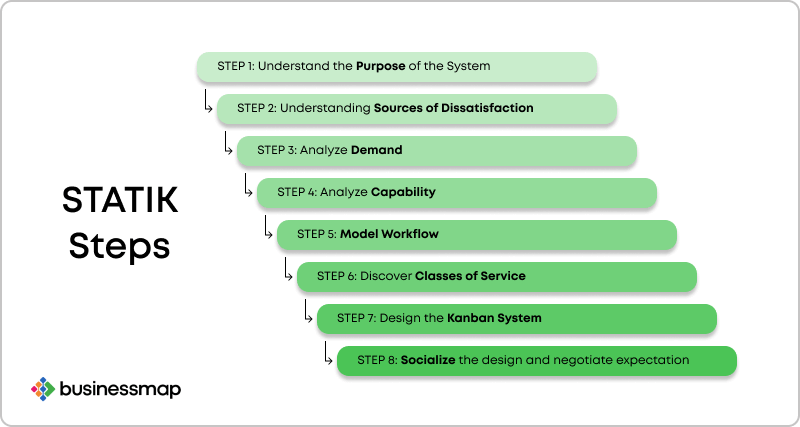It’s much easier to understand agility when we have a real example to look at. Today, I want to share just that. I’ll walk you through the story of an automotive company and the challenges it faced in coordinating its teams to deliver an excellent “Customer Experience” in an Agile way.
Meetings: An Unexpected Challenge in Our Work Environment
Our narrative begins in a familiar setting for many management challenges – MEETINGS.
Initially, the purpose was commendable: to unify the company’s approach and foster efficient collaboration across departments. This initiative was aptly named the "Customer Success Challenge."
However, these meetings soon became emblematic of the difficulties we faced. While they provided a platform for status updates, they often lacked true collaboration. Team members were reporting on their progress but not effectively helping one another or learning from each other’s experiences. This lack of synergy hindered our ability to deliver real customer value. Among all departments, the sales team encountered significant challenges, as they were crucial in driving an Agile Customer Experience.
Recognizing the need for change, leadership took proactive steps to address these issues. Their objective was to revamp the company's customer experience (CX) strategy, focusing on enhancing collaboration across departments to ensure a successful launch of a new electric car model.
The Genesis of Agile Evolution in Customer Experience
The company's decision to embark on this transformation initiative was driven by a specific goal: to enhance coordination between different European markets in delivering a new electric vehicle lineup. This strategic move set the stage for the evolution towards an agile customer experience approach.

Phase 1: Initial Assessment of the Work Environment
The journey began with a comprehensive evaluation of the existing qualifications and collaboration mechanisms across regions and functional departments, including Sales, Marketing, and Operations. This initial assessment aimed to gather detailed insights into the strengths and weaknesses of current practices.
Assessment Methodology
The evaluation process comprised two key components:
- A company-wide survey
- A series of interviews was conducted throughout the CX organization and its associated departments.
This thorough approach laid the foundation for the transformation journey, highlighting the need for a more organized and systematic approach to change.
Key Findings
The assessment revealed several crucial insights:
- Understanding of Agile: There was a general lack of understanding regarding agile methodologies across the organization.
- Familiarity with Scrum: Despite the limited agile knowledge, there was a well-understood mechanic for Scrum.
- Misconceptions about Leadership: Agile was often perceived as leaderless, with an overemphasis on self-organization. This raised questions about the role of leadership in an agile environment.
- Market Diversity: The understanding of agile varied significantly across different markets:
- Some markets were familiar with Agile concepts
- Others had no prior exposure to Agile methodologies
- Those with agile knowledge focused on specific framework mechanics rather than improving their overall work processes.
These findings provided valuable insights into the organization's readiness for agile transformation and highlighted areas requiring particular attention during the evolution process.
Phase 2: Selecting an Appropriate Management Approach
The company identified several key challenges in its existing processes:
- Lack of visual tools
- Insufficient capacity overview
- Absence of clear policies
These issues made it difficult to respond effectively to market changes, achieve predictable results, and enable cross-market learning.
Introducing Kanban Practices
In response to these challenges, the leadership introduced the concept of flow management, specifically Kanban. This approach was chosen for its ability to:
- Create full visualization of inter-team workflows
- Connect workflows to a central KPIs management hub and CX dashboard
- Enable faster and better decision-making
- Cut off unnecessary agile frills that they thought they needed to do in order to be true agile
Phase 3: Evolutionary Approach
In line with Kanban's principle of "evolution over revolution" and specifically "start with what you do now," the implementation process began with STATIK Workshops. Each team, representing different markets or functions within business areas, engaged in Systems Thinking Approach to Implementing Kanban (STATIK) workshops.

Workshop Objectives
The STATIK method helps answer the following questions:
- What is the purpose of the area? What are the services you provide? To Whom?
- What is the current way of carrying out the work?
- What are the sources of dissatisfaction?
- What are the sources of demand?
- What is the current service capacity?
- What are the workflows? What kinds of services are there?
- How to design a Kanban system that allows me to visualize and control the work?
By focusing on these objectives and starting with current processes, the company ensured a tailored approach that respected existing workflows while targeting specific areas for improvement. This evolutionary strategy allowed for a more organic and sustainable transformation, minimizing disruption while maximizing the potential for long-term success.
Utilizing the Right Tools in the Agile Customer Experience Equation
As the transformation progressed, a new challenge emerged: the departments were using a diverse array of tools that weren't integrated, leading to a disconnected work environment and inefficiencies.
Initial Challenges
- Use of physical sticky notes alongside various digital platforms.
- Lack of integration between tools.
- Cross-team boards provided a central overview but didn't address the root cause of coordination problems.
- Work breakdown structure using EPICS and STORIES was in place, but coordination issues persisted.
Context-Specific Approach
Recognizing that there's no one-size-fits-all solution, we adopted a context-specific approach:
- Tool Inventory: We conducted a comprehensive inventory of all available tools within the company.
- Extended Research: We reached out to other markets and subsidiaries to identify additional tool options.
- Selection Criteria: We prioritized tools based on:
- Ease of integration
- Simplicity of onboarding
- Ease of maintenance
Alignment Workshop
To ensure a cohesive approach, we facilitated a workshop to align teams on key aspects of their work and tool usage:
- Work item types
- Definition of Done
- Definition of Ready
- Handover policies
- etc.
Evolutionary Implementation
In line with our evolutionary approach of starting with current practices and improving where needed, we had to:
- Chose the tool that best met our selection criteria
- Gradually integrate the new tool into existing workflows
- Provide training and support to ensure smooth adoption
- Continuously gathered feedback for iterative improvements
This method allowed us to address the tool integration challenge while respecting existing processes and minimizing disruption. By focusing on ease of use and integration, we aimed to create a more connected work environment to enhance coordination and efficiency across departments.
The workshop played a crucial role in establishing common ground and shared understanding among teams, further supporting our goal of improved collaboration and alignment in the Agile Customer Experience transformation.
Reflections and Future Directions
A year later, this agile transformation journey continues to evolve. So far, these are the company's key lessons, results, and future plans.
- Integrate a single, simple tool from the very beginning and continuously decide together whether it's still the correct one.
- Improved cross-country collaboration.
- Live market KPIs to drive meaningful improvements for customers.
- Reduced so-called “agile meetings” by 50%.
- Faster data-driven decision-making within the market and the leadership team.
- Flexibility and adaptability through highly responsive shifting of priorities.
Their next steps include implementing a single tool for portfolio and market Kanban systems. They plan on gathering real-time data (from their software for mapping and managing customer journeys) and integrating it into their Kanban systems through the portfolio Kanban layer. This strategic move is expected to significantly improve the way teams do their work and the overall Agile customer experience.
Businessmap is the most flexible software, helping your company gain visibility across all projects/portfolios, align on goals, and deliver quality work faster.

Benjamin Igna
Business Management Advisor | Founder at Stellar Work GmbH
Ben is a dynamic leader who is the founder & Agile Advisor at Stellar Work GmbH. Ben has successfully led high-performing teams and managed complex projects in the automotive and technology sectors, always focusing on delivering measurable outcomes and boosting operational efficiency. He excels at aligning strategy with execution to foster sustainable organizational growth.



